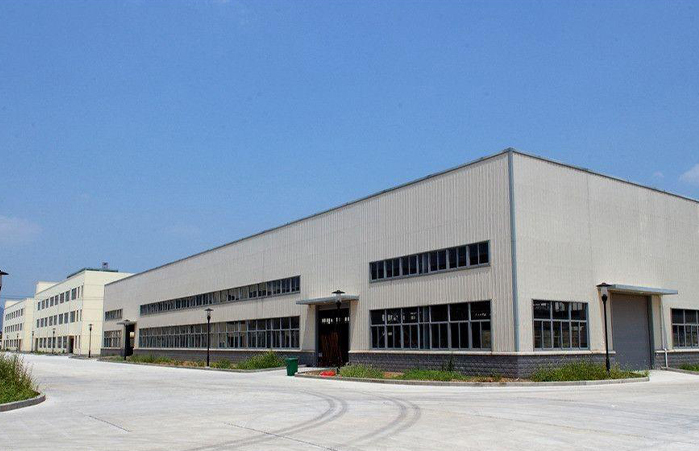high quality pressure injury
Understanding High-Quality Pressure Injury Prevention and Management
Pressure injuries, commonly known as bedsores or pressure ulcers, are localized damage to the skin and underlying tissue, primarily caused by prolonged pressure. Despite advances in healthcare, pressure injuries remain a significant challenge, particularly in vulnerable populations such as the elderly, those with limited mobility, and individuals with certain medical conditions. This article will focus on the importance of high-quality pressure injury prevention and management, exploring effective strategies and best practices for healthcare providers and caregivers.
The Importance of Prevention
Preventing pressure injuries is far more effective than treating them after they occur. The costs associated with pressure ulcer management can be substantial, including wound care supplies, additional nursing care, and prolonged hospital stays. Moreover, pressure injuries can lead to severe complications, including infections, osteomyelitis, and in some cases, even death. Therefore, recognizing at-risk individuals and implementing preventive measures is crucial.
Identifying At-Risk Individuals
Certain patients are at higher risk for developing pressure injuries, including those with immobility, moisture, inadequate nutrition, and circulatory issues. Healthcare providers should routinely assess patients for risk factors using validated tools such as the Braden Scale, which evaluates sensory perception, moisture, activity, mobility, nutrition, and friction/shear. Early identification of at-risk individuals allows for timely intervention and tailored preventative strategies.
Implementing Effective Prevention Strategies
1. Regular Repositioning One of the most effective ways to prevent pressure injuries is to reposition patients frequently. For individuals confined to a bed or wheelchair, changing their position at least every two hours can alleviate pressure on vulnerable areas of the body, such as the sacral area, heels, and elbows.
2. Use of Support Surfaces Specialized mattresses, cushions, and pads can redistribute pressure and provide support for individuals at risk. These support surfaces vary from simple foam mattresses to advanced pressure-relieving systems such as air-filled or alternating-pressure mattresses that actively adjust to reduce pressure on any given area.
high quality pressure injury

3. Skin Care Protocols Maintaining skin integrity is vital to preventing pressure injuries. Regular skin assessments occur, with particular attention paid to areas prone to pressure injury development. Clean and moisturize the skin, particularly for individuals with moisture-associated skin damage (e.g., incontinence) or dryness, to help maintain its barrier function.
4. Nutrition and Hydration Proper nutrition and hydration are essential for skin health and healing. Collaborating with dietitians can ensure that patients receive adequate protein, vitamins, and minerals necessary for skin repair. Monitor hydration levels to prevent excess skin dryness.
5. Education and Training Continuous education for healthcare staff, patients, and families about the importance of pressure injury prevention is crucial. Training should include recognizing early signs of pressure injuries, the importance of repositioning, and methods for skin care.
Management of Existing Pressure Injuries
Despite best efforts, some individuals will develop pressure injuries. The management of these injuries requires a multidisciplinary approach, including wound care specialists, nurses, dietitians, and doctors.
1. Assessment and Treatment Regular assessment of the pressure injury is essential for healing. The depth, size, type, and condition of the wound should be documented to tailor treatment accurately. Treatment options may include debridement, appropriate dressing selection, and advanced therapies such as negative pressure wound therapy.
2. Pain Management Pain associated with pressure injuries can significantly impact a patient’s quality of life. Implementing effective pain management strategies ensures that individuals remain comfortable throughout their treatment.
3. Rehabilitation For individuals with severe pressure injuries, rehabilitation strategies may be necessary to promote mobility and prevent future injuries. This may include physical therapy and occupational therapy to encourage activity and strengthen the patient.
In conclusion, enhancing the quality of care for pressure injury prevention and management is paramount in reducing incidence rates and improving patient outcomes. By focusing on prevention, education, and evidence-based management strategies, healthcare providers can significantly diminish the burden of pressure injuries, ensuring a higher quality of life for their patients.
-
The Effect of Coconut Foam Mattress Breathability and Humidity Regulation on Improving Sleep QualityNewsJul.03,2025
-
How Wave Mattress Systems Improve Blood Circulation During ImmobilityNewsJul.03,2025
-
The Climate-Adaptive Sleep Revolution: Exploring the Benefits of Cooling Gel Memory Foam MattressesNewsJul.03,2025
-
Exploration of the Role of Coconut Foam Mattress in Preventing Bedsores in the ElderlyNewsJul.03,2025
-
Comparing Wave Mattress and Air Mattress: Which Is Better for Medical Use?NewsJul.03,2025
-
Analysis of Comfort and Environmental Performance of Natural Latex and Coconut Foam MattressNewsJul.03,2025
-
Multi-Layer Construction for Enhanced Performance in Gel Mattress PadNewsJun.24,2025

